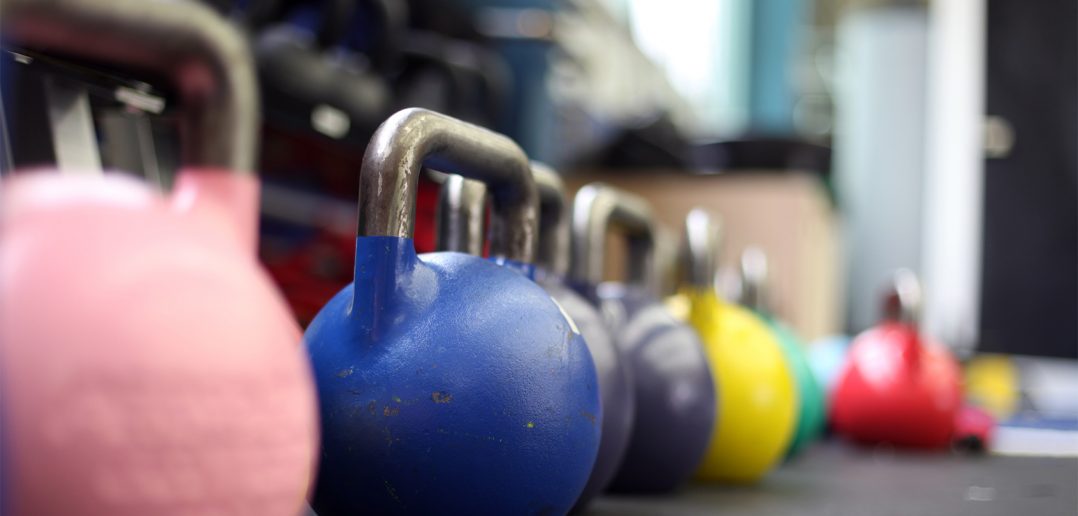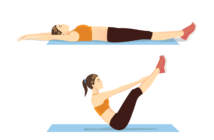As a personal trainer, it’s routine to induct clients in what’s regarded as the ‘big lifts’ before they start their training, often including a kettlebell swing. The swing is a move many people regard as an exercise they can perform without direction, so they are asked to demonstrate. The result, for the majority, is not the technique we’d recommend at Short Motivation.
The kettlebell swing is a hip-hinge movement, with the majority of the power generated from the hip extension. Where many people go wrong is that they swing with a squat movement (knee flexion), but this creates pressure and issues with your lower back. Performing the swing as a hip hinge enables you to ensure your back stays straight all the way through and engages the posterior chain as the primary movers (hamstrings and glutes).
It’s also worth noting that you should start light. We’d recommend a guy should start with a 12Kg/26lbs bell, and ladies should consider nothing heavier than a 8Kg/18lbs. Aim for power and thrust and get the technique right, before choosing a heavier weight.
So, how should you perform a kettlebell swing?
Try to keep your shins perpendicular to the ground and as little flexion in the knee as possible, pushing your hips forwards and engaging the glutes to move the kettlebell. You dip your chest, keeping your back straight as the kettlebell goes back between your legs, then a powerful extension at the hip moves the kettlebell forward and up to eye level.
You then control the kettlebell down and repeat. Once you persevere and master the technique, a swing becomes a cardiovascular movement in addition to requiring a high level of muscular strength. With experience, if you can swing the kettlebell higher than eye level you can progress to a heavier bell.
See our video examples above for the wrong and right way to swing your bell.




